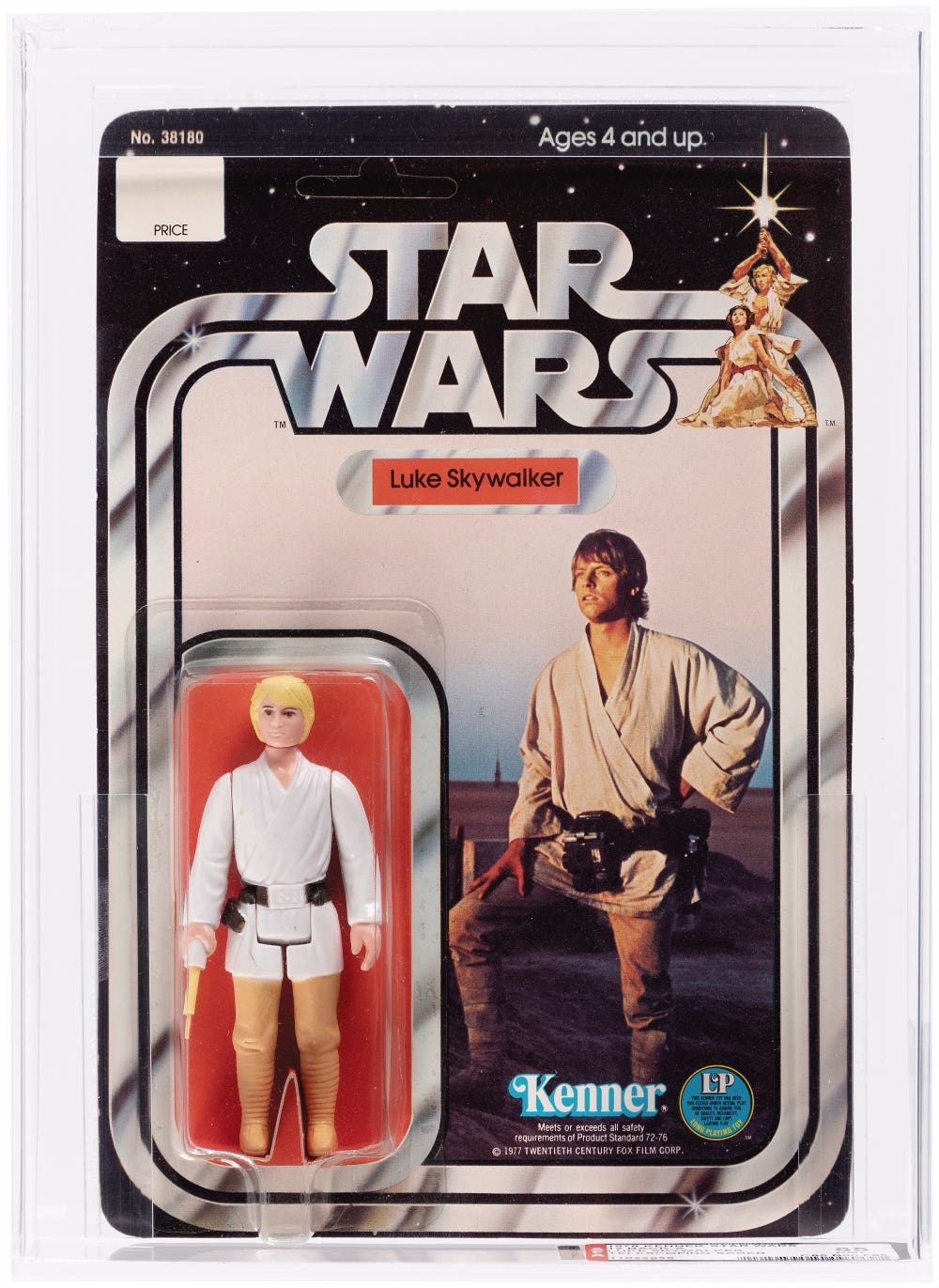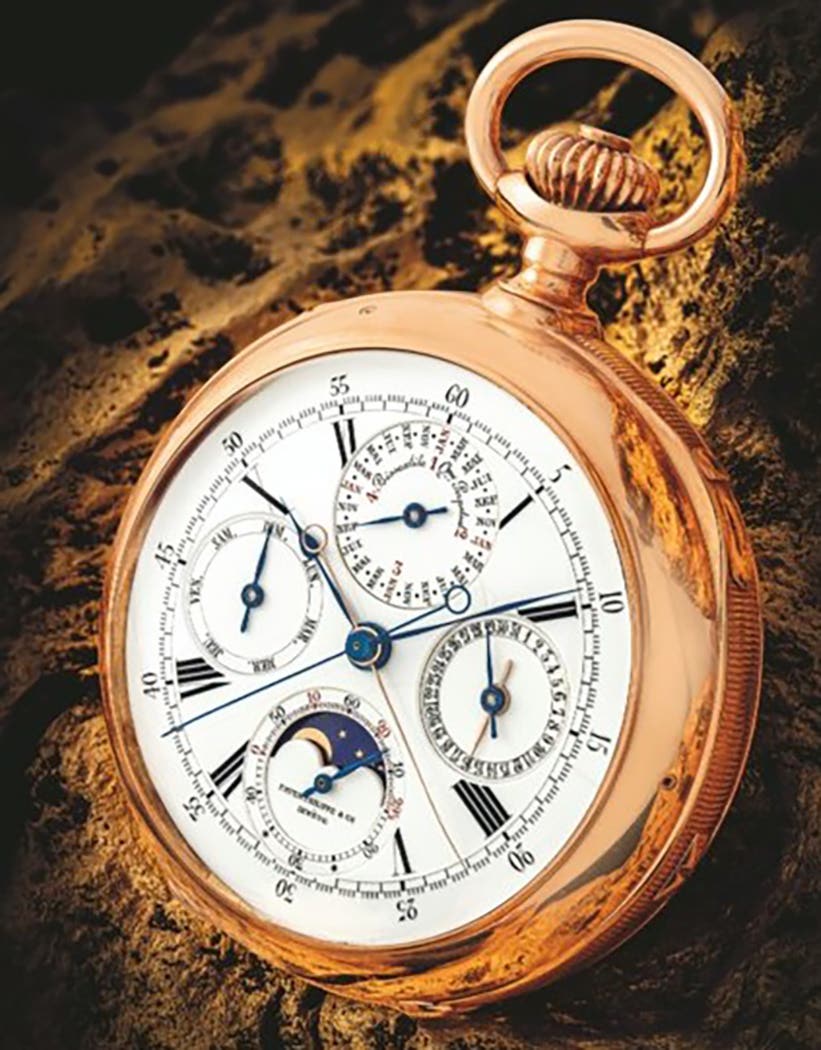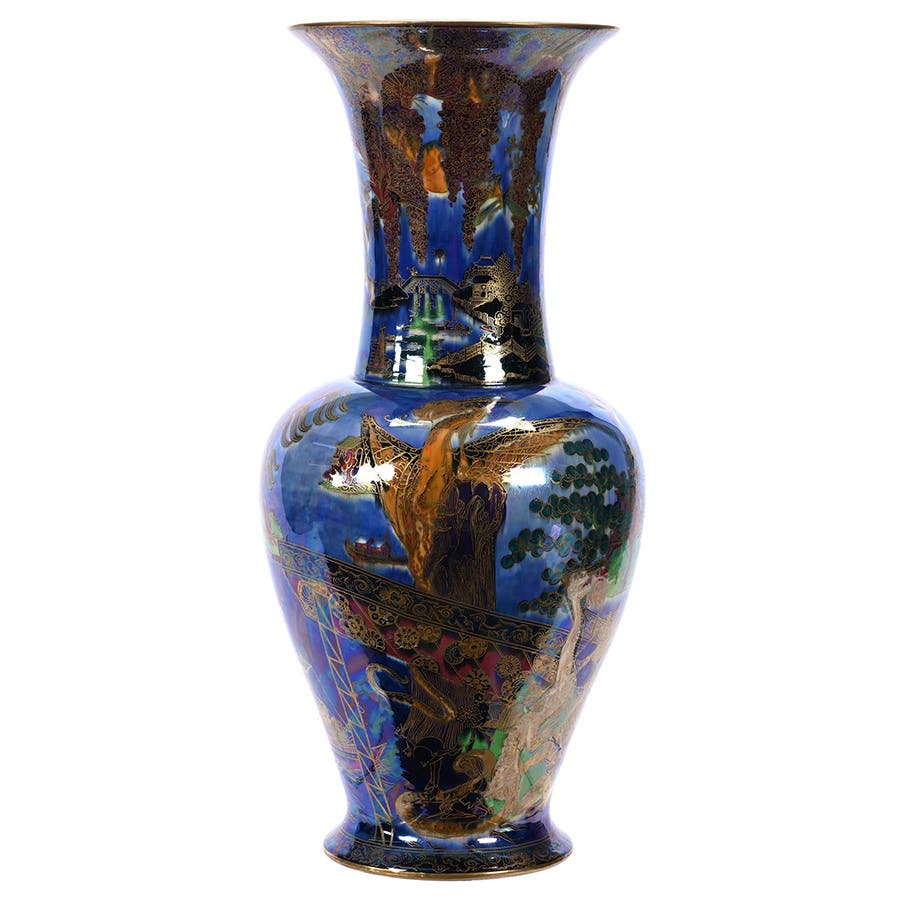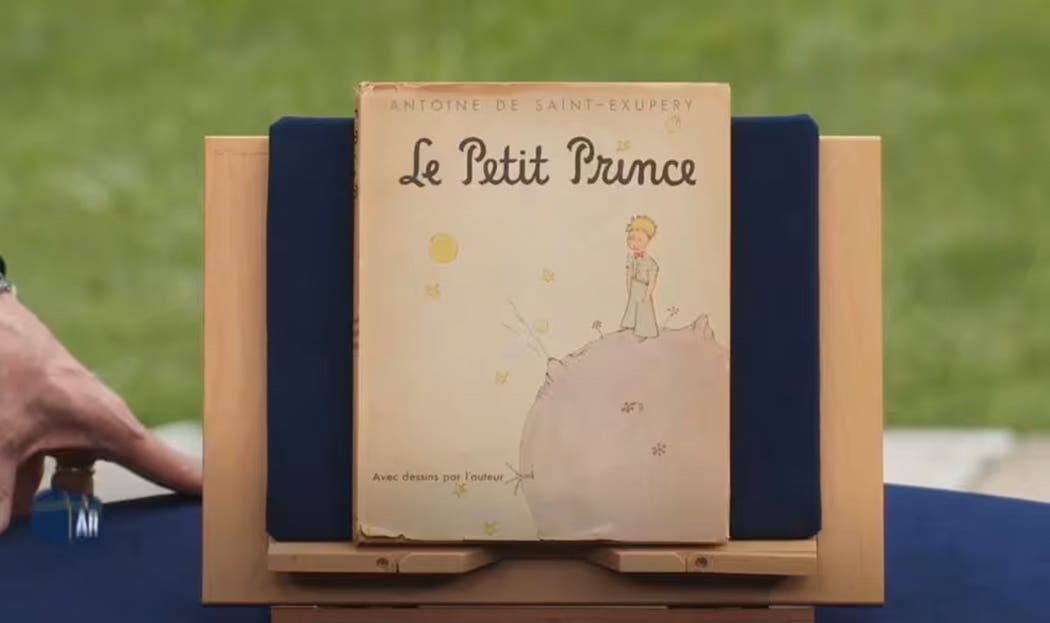Warm Fuzzies
Teddy bears give comfort to collectors during these challenging times.
As COVID-19 continues to isolate the world, people are turning to a trusted friend for comfort: The iconic teddy bear is flying off store displays and attic shelves, as more collectors stampede to enhance their stash, ensuring a daily hug from their furry friends.
“Collecting teddy bears is no longer child’s play, as more adults are hugging and clutching their teddy bears to relieve stress and depression from the ongoing social distancing mandates in place to protect cities and towns from the deadly virus,’’ said Ellen King of King Antiques in Hilliards, Pennsylvania. “I have my bears all over the house and each one reminds me of a special moment in my life and the lives of my children.’’
While many businesses have been shuttered during the pandemic, the craftsmen and artists who create designer bears are keeping busy meeting the uptick in demand.
“Teddy bears have always been popular, but in these challenging times, teddy bears are helping ease tense nerves as families cope with all the pandemic changes,’’ said Valerie Rogers, publisher and executive editor of the original online Teddy bear magazine, Bears and Buds.
Toy industry analysts report that sales of collectible teddy bears, along with classic antique bears, are up by 20 percent in the past six months.
“This should be no surprise to the real collector, as teddy bears are easy to ship, store and bring out of hibernation,’’ said King, who showcases her bears beside her German antique dolls at shows nationwide.
A recent national study found that four in 10 adults still sleep with a teddy bear, and in 2019, 100 million stuffed animals, including teddy bears, were sold in the U.S.
Toy experts report that vintage bears are commanding hundreds – and sometimes thousands – of dollars, and new bears by artists and such venerable companies as Steiff are being snapped up in hopes they will increase in value.
Rick Emerson, a Steiff historian, said Steiff bears can range in price from $20 for a child’s bear to $8,000. He is quick to note that one of the most historically important Steiff bears is the black Titanic “Mourning Bear.’’
“The mourning bear was made to honor those lives lost in the infamous tragedy, and is one of the most sought after vintage bears known,’’ said Emerson. Only 665 were ever produced and only 78 were ever made in the 20-inch size and configuration.
“It features highly distinctive red felt backed shoe-button eyes to represent tears and sadness,’’ according to Emerson. The original mourning bear’s value is estimated between $25,000 and $40,000, although one sold at Christie’s in London for $133,285 in 2000. (See the gallery below for 10 of the most expensive bears sold at auction.)
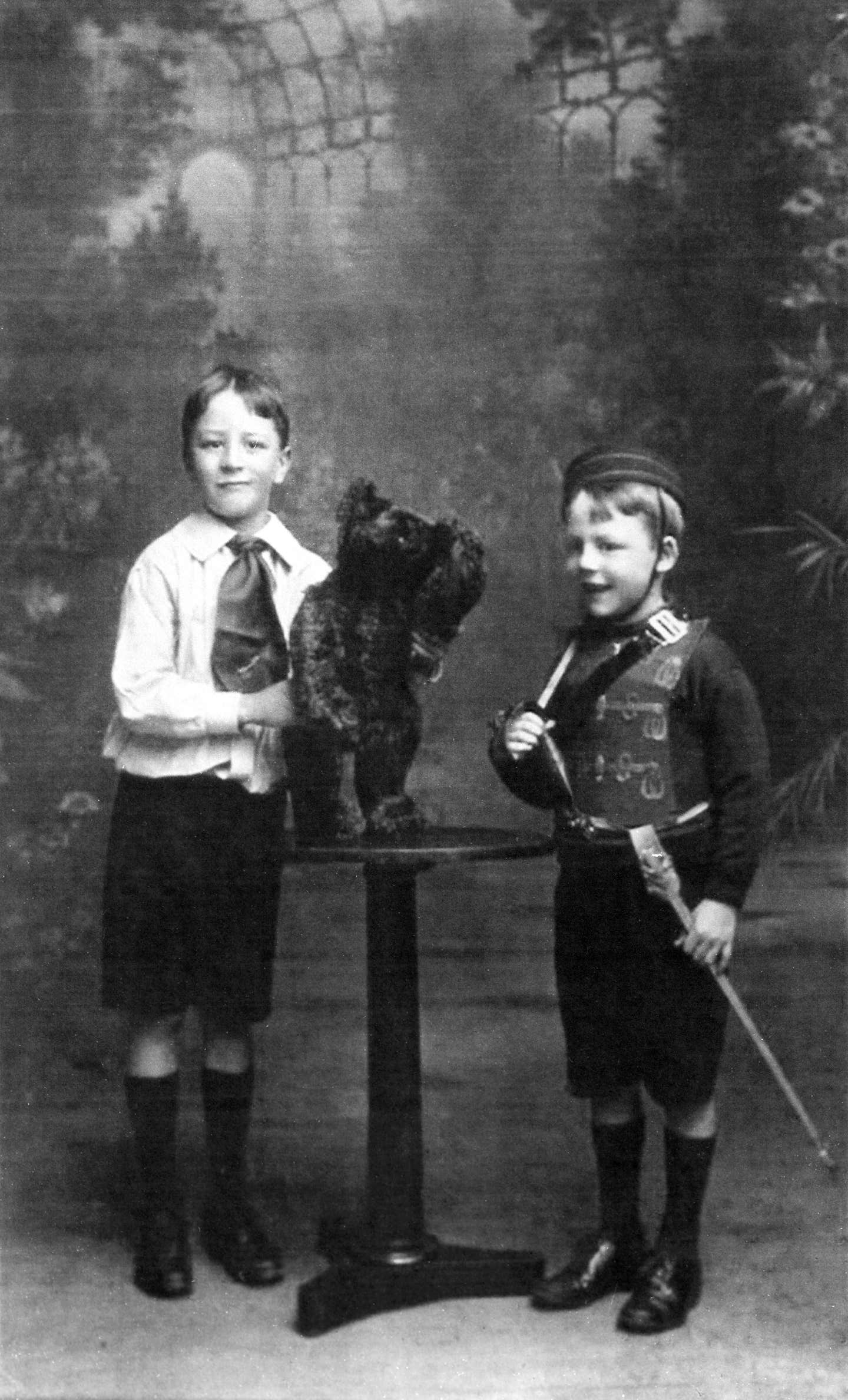
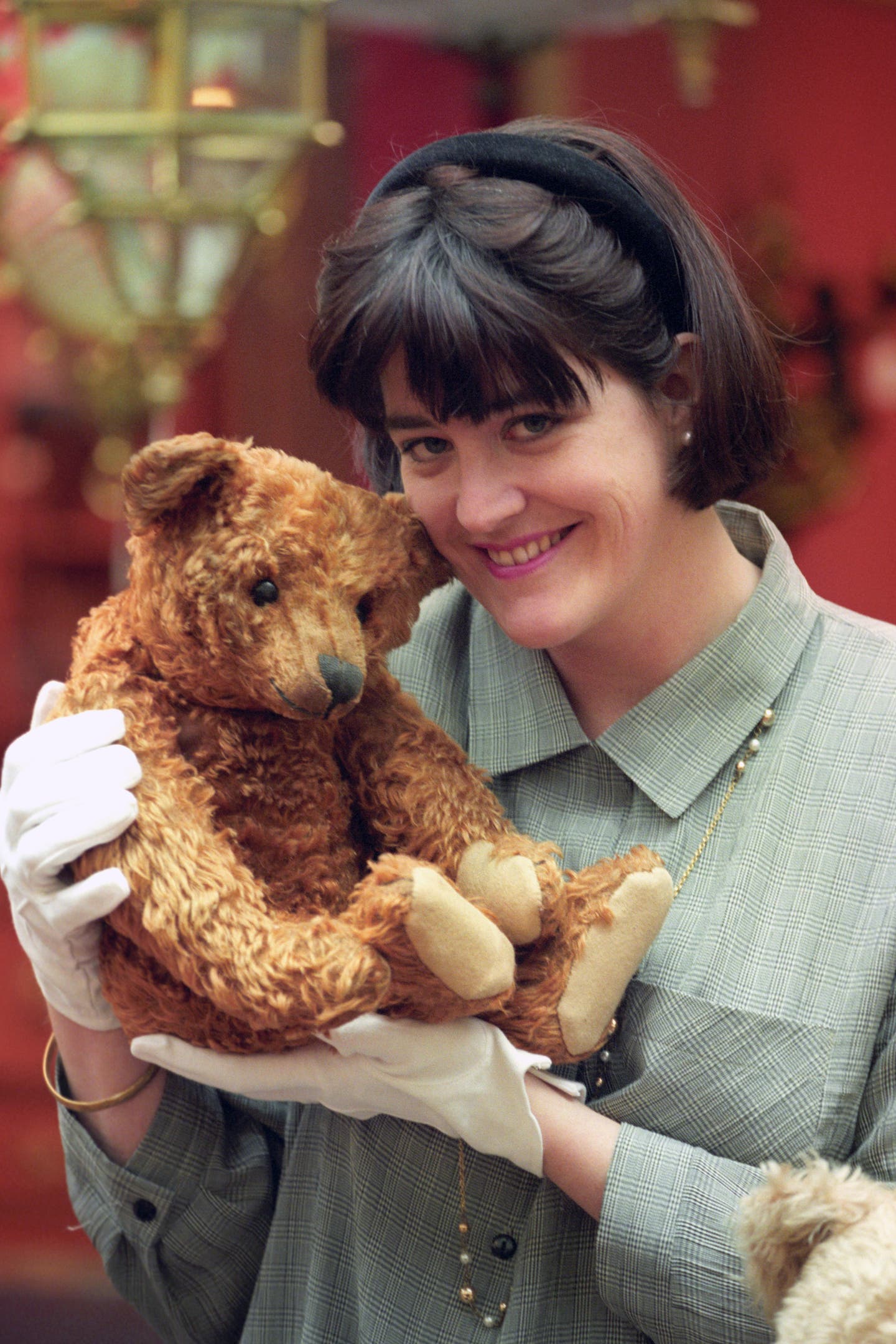
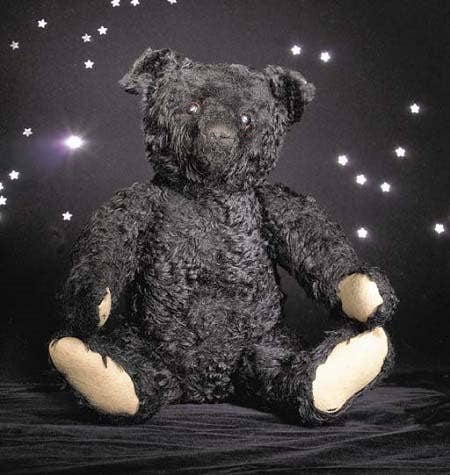

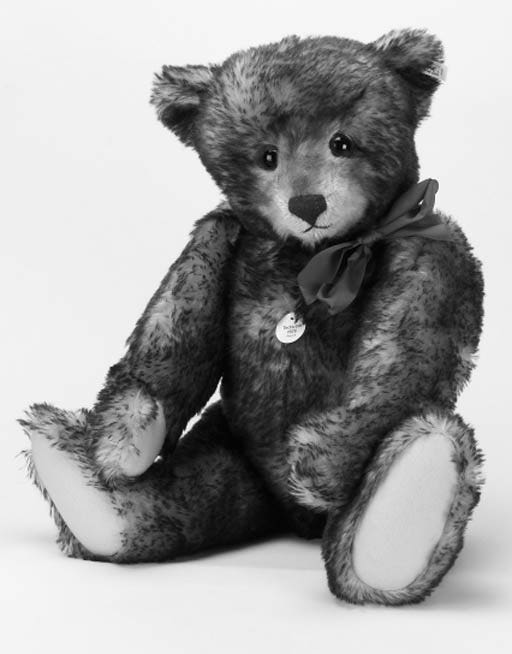
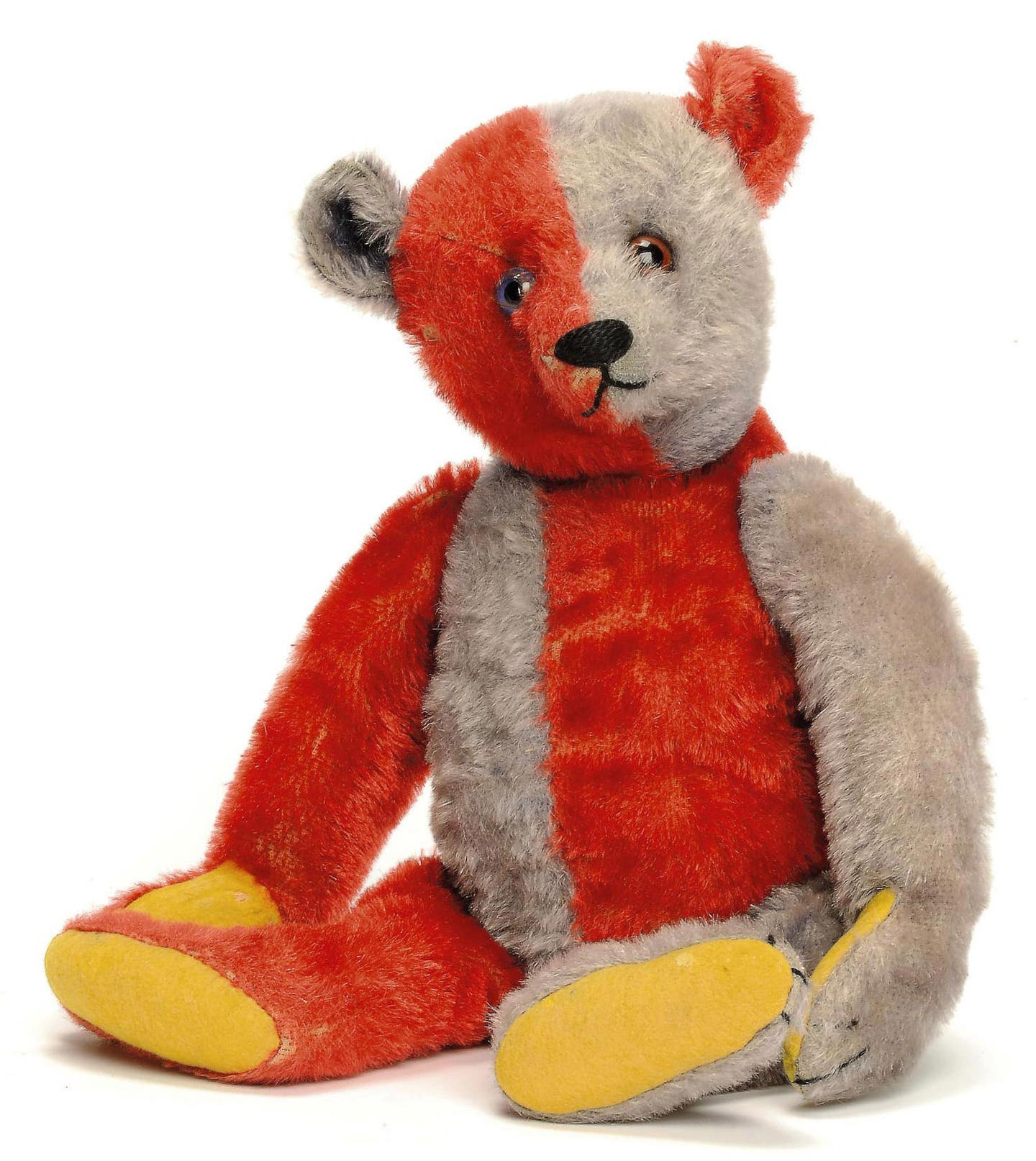
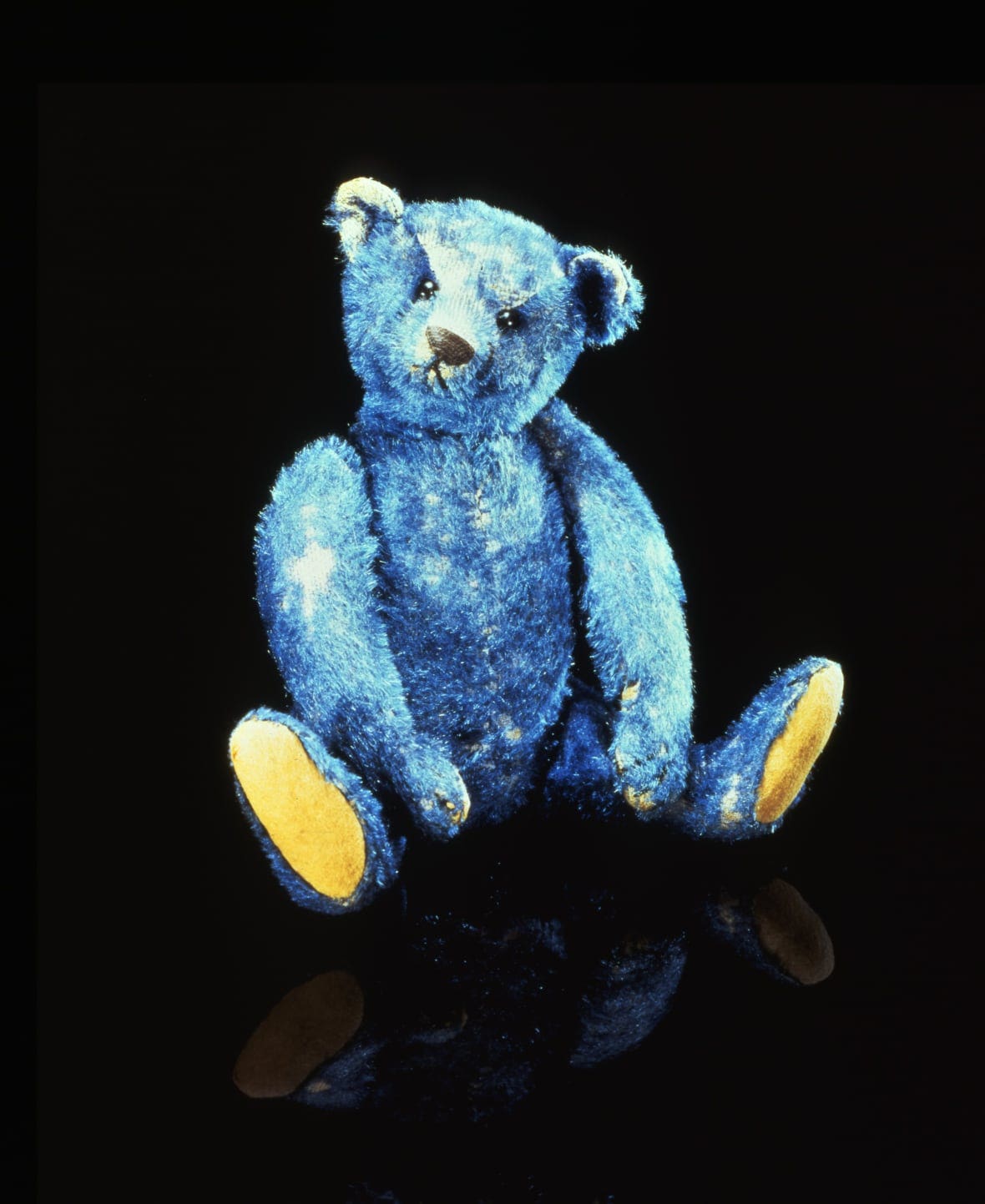
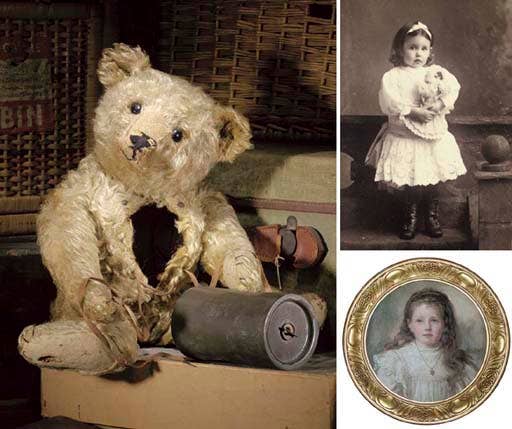

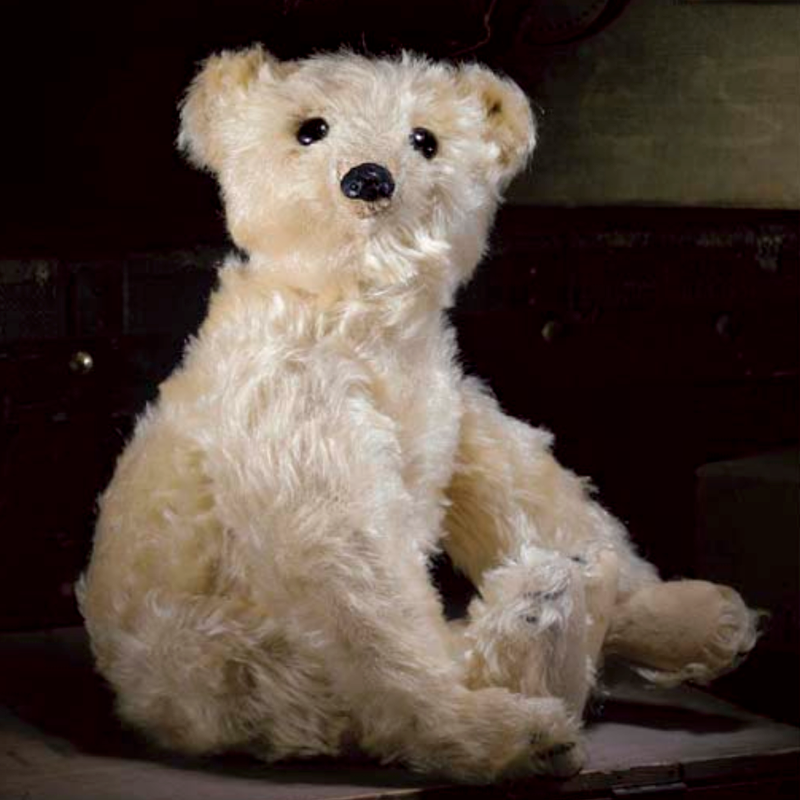
Emerson said that one sign of quality collectors look for is sturdy fabric. Mohair bears like those produced by Steiff command the highest prices because the material is expensive to import and produce. Acrylic pile is used commonly for handmade and mass-produced bears. Jointed limbs are a sign of good workmanship, and growlers and squeakers – bears that have internal mechanisms that make sounds – also are popular among collectors.
Regardless of how the bears are made, collectors are scrambling to add to their collections as the pandemic rages. Jerry Abraham, who has more than 300 teddy bears, is always looking for just one more for his massive collection.
“I take my select Gund plush Schlep bears all over the world when I travel,’’ said Abraham of Louisville, Kentucky. “I’ve even had my Schlep bears on the Queen Mary. They all have different personalities. You simply can’t beat the Steiff bears, though, for quality and personality.’’
As the second-oldest German toy company still in existence, Steiff has had an influential role in how the world plays.
Margarete Steiff designed her first soft-filled fabric toy animal, an elephant made of felt, and began the family business. Margarete’s nephew, Richard Steiff, studied art in Stuttgart and brought a heightened sense of realism to Steiff designs. In 1902, Steiff created the 55PB, a mohair plush bear that is the basis for the modern Teddy bear we know today, according to Emerson.
In 1902, Clifford Berryman, a well-known cartoonist for the Washington Post, drew a lighthearted cartoon that satirized President Theodore Roosevelt’s refusal to shoot a bear in an unsportsmanlike way. Morris Michtom, a Brooklyn candy shop owner, saw the cartoon and had an idea. He and his wife Rose also made stuffed animals, and Michtom decided to create a stuffed toy bear and dedicate it to the president who refused to shoot a bear. He called it “Teddy’s Bear.” Thus, the “Teddy” bear was born and became universally loved and adored.
Emerson said that Steiff’s focus on delighting children and collectors with realistic soft animals continues to bring the company loyal fans. Steiff still creates teddy bears and other animal friends at its factory in the small town of Giengen, Germany. The Steiff club has more than 15,000 members worldwide.
“I love my Steiff bears and I think they have been very helpful as we all try to survive this pandemic,’’ said Sarah Burridge. “I simply pull one of my bears out when I need to hug something,’’ she said.
A retired travel agent from Manitowoc, Wisconsin, Burridge said her bears represent the many places she has traveled while doing her job. “I have bears I got while hiking at Denali National Park in Alaska, and bears from Hawaii while visiting there,’’ she said.
Donna Madaras, a retired teacher from Churchill, Pennsylvania, recently raced to her ski lodge in the Laural mountains to fetch her Baby Boy Bear because she wanted to put it in the living room rocking chair. “I just feel safer with him back home,’’ said Madaras.
Not every bear lover has been so lucky. Adele Cannell of Pittsburgh, Pennsylvania, said her family’s beloved Steiff bear has been long lost to time. “He was patched and patched, but I can’t recall where he ended up,’’ she said. Cannell now hugs her miniature schnauzer for comfort.
Not only do humans hug their bears, but animals also get a shot at finding some comfort with the bears. Robert Illand, also of Pittsburgh, said he often lets his Scottish Deerhound play with his stuffed bears. “Wooty is our favorite,’’ Illand said.
Earlier this summer, millions of families worldwide placed their Steiff bears at windows so children walking outside for the first time since the pandemic had a furry, friendly face to wave at, said Emerson.
“The game was played in countries around the world, from Australia to Japan to the United States,’’ said Emerson, who said the bear game was like a scavenger hunt suited for social distancing. People put teddy bears and other stuffed animals in windows, on porches, in trees and on parked cars. Then, children go for walks or drives with their families and try to spot as many as they can.
Doreen Boyce of Verona, Pennsylvania, said British children consider bears old friends and there is a tradition of keeping one throughout a lifetime.
Bonnie Burns of North Haven, Connecticut, said she’s had her mohair Steiff bear for more than 70 years. “I move him from one chair to another to keep me company these days since my kids can’t visit me due to the virus,’’ said Burns. “I even had a tea party for my bears the other day.’’
Jack Cohen, owner of S.W Randall Toy Store in Pittsburgh, said Teddy bears are always a steady seller. “We are fully stocked and are getting lots of inquiries about our bears,’’ Cohen said. “Steiff remain very popular, too.’’
Bill Schweers, a lawyer and assistant professor of political science at Carlow University in Pittsburgh, predicts many of the teddy bears now being purchased will remind their new owners of the historical significance of the latest pandemic.
“They will look at that teddy bear and think about how they endured and survived,’’ said Schweers. “They will be comforted, but also will be forever reminded of how the virus impacted them.’’





